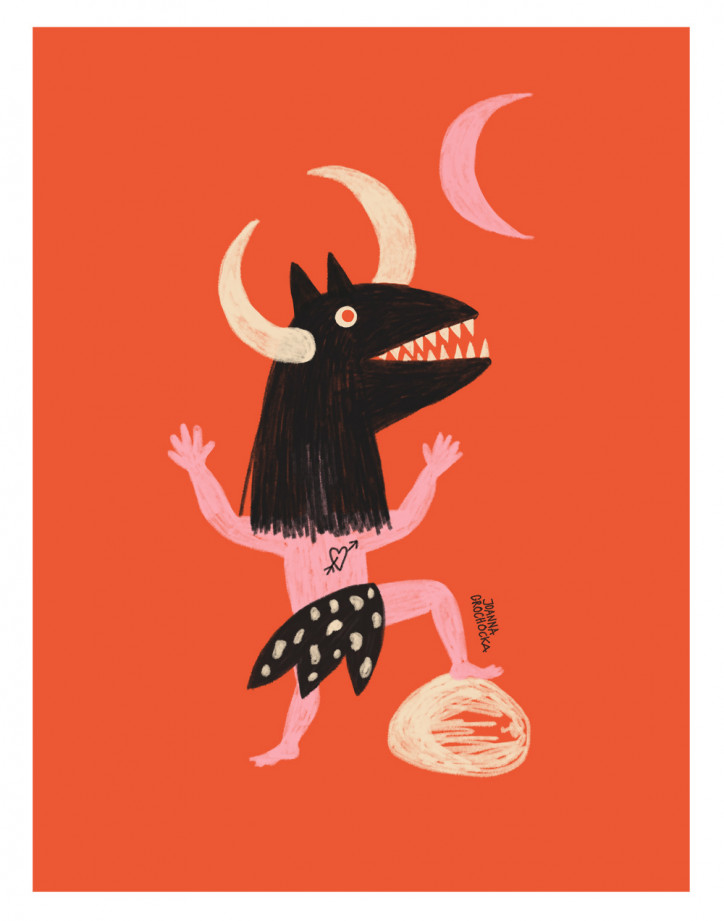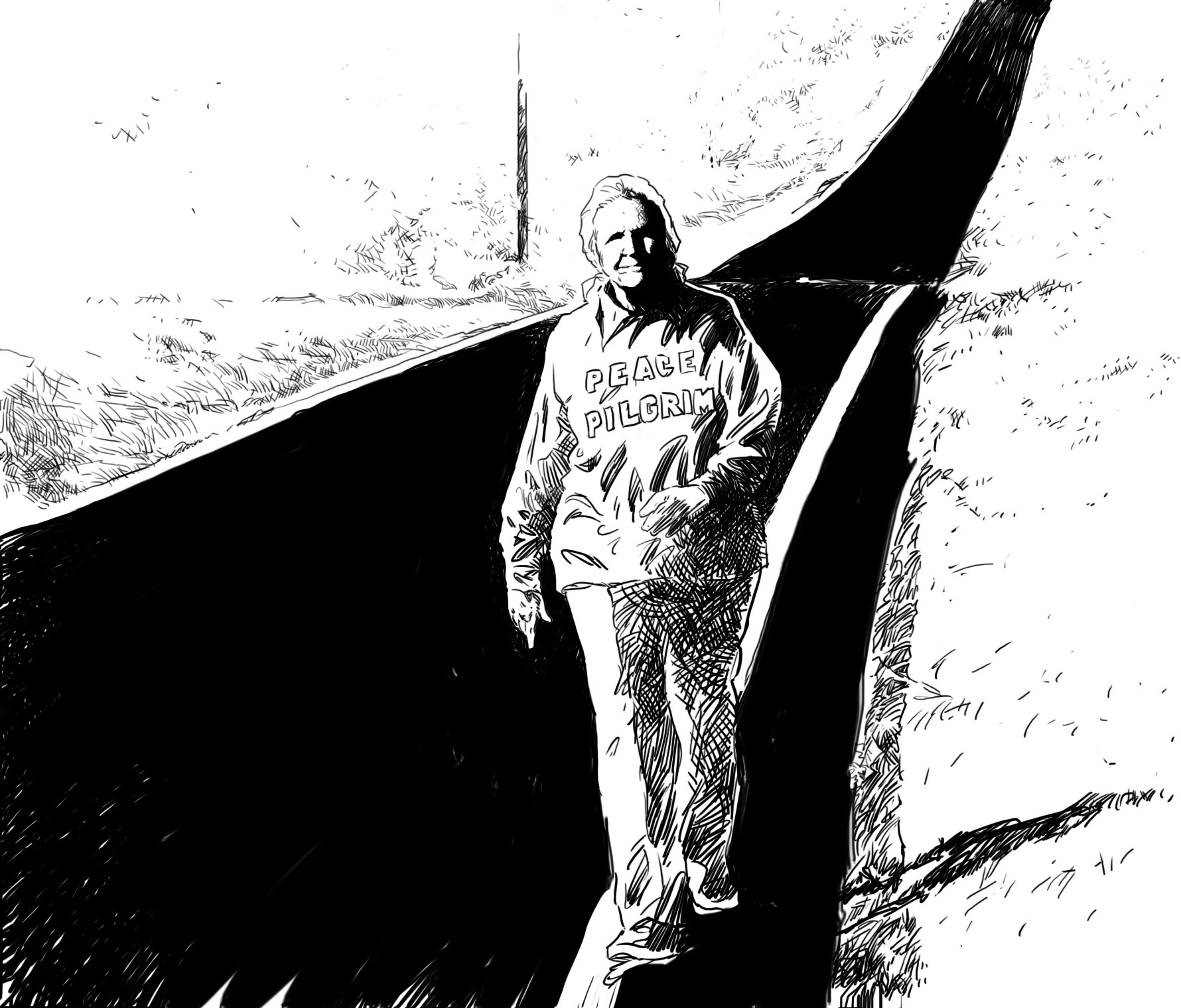
A popular psychological strategy encountered in war and conquest is dehumanization—depriving the enemy of a status that warrants respect, and equating them with animals or demons to justify slaughter. It is less often emphasized, however, that in order for a fighter or soldier to kill, they must also “dehumanize” themselves. They cannot allow for weakness or fear, nor can they have doubts, scruples, or a sense of guilt. Above all, they cannot feel compassion.
History and anthropology provide rich material illustrating the mechanisms of abandoning one’s identity during combat, and in particular, the ritual transformation into a predatory animal. Berserkers, the infamous Norse warriors, most often turned into wolves or bears. The rite of metamorphosis led to a trance-like state, supposedly giving them supernatural powers. According to the historic Icelandic literary work, Vatnsdæla saga—a thirteenth century family chronicle—berserkers barked like dogs. Other sources claim these Vikings formed a group of “Odin’s warriors,” who transformed during battle into the otherworldly creatures that inhabit Valhalla. As scholar of Scandinavian culture Leszek Paweł Słupecki notes, the behavior of berserkers was not a theatrical act, but rather felt as something natural.
Still, the berserkers are just the tip of the iceberg of various traditions of martial metamorphosis. Scholars have recorded countless male warrior societies who underwent a similar transformation. In India, North America, and Greece, soldiers also changed into wolves. As one might suspect, these practices significantly influenced the development of werewolf mythology. In other geographical regions, the local fauna provided the necessary inspiration. Aztec warriors wore coyote skins, while other Central American cultures wore jaguar pelts. In East Africa, warriors donned the hide of a panther or lion.
Loss of the Self
Of course, identifying with bloodthirsty beasts was also achieved by other means. The Amazonian Yanomamö tribe imitate the sounds of various predators, starting with insects, while marching into battle. One of their war songs is entitled: “I am a meat-hungry buzzard.”
On the battlefield, one had to let go of their everyday self. For this purpose, warriors wore masks representing animals or demons, and painted their bodies. Members of the Harii tribe, who inhabited part of the territory of present-day Poland during the Roman times, painted themselves black from head to toe in order to resemble ghouls.
The same psychological mechanism can be seen in more recent war practices. Although soldiers no longer wear animal skins (these have, of course, been replaced by uniforms), modern armies also attempt to alter their consciousness in order to effectively boost the “fighting spirit.” The Nazis widely used methamphetamine—in 1942, more than ten million doses of Pervitin were sent to the Eastern Front. The soldiers dubbed the drug “miraculous,” as it significantly reduced drowsiness, fear, and despair.
Unusual Meditation
Altered states of consciousness can also be achieved using non-pharmacological, or even quite banal methods. In Michael Moore’s film, Fahrenheit 9.11, American soldiers deployed to Iraq enthusiastically assert that the intense, loud music played through the internal communication system, which can be heard in their helmets, helped them a lot. According to the soldiers, it gave them “the ultimate rush” when they were killing the enemy.
Another good example here are samurai warriors who, by devoting themselves to meditation, strived to achieve a state of mind unknown to ordinary people, controlling their thoughts and emotions to an extraordinary degree. While their discipline and composure is impressive, it is easy to forget the violent purpose it serves. Samurai meditation is not that of a compassionate monk but of a warrior ridding himself of his innate reactions and restraint when it comes to killing. It’s clear then, that humankind’s ingenuity lies in inventing techniques that allow it to abandon its natural reflexes.

Translated from the Polish by Joanna Figiel









